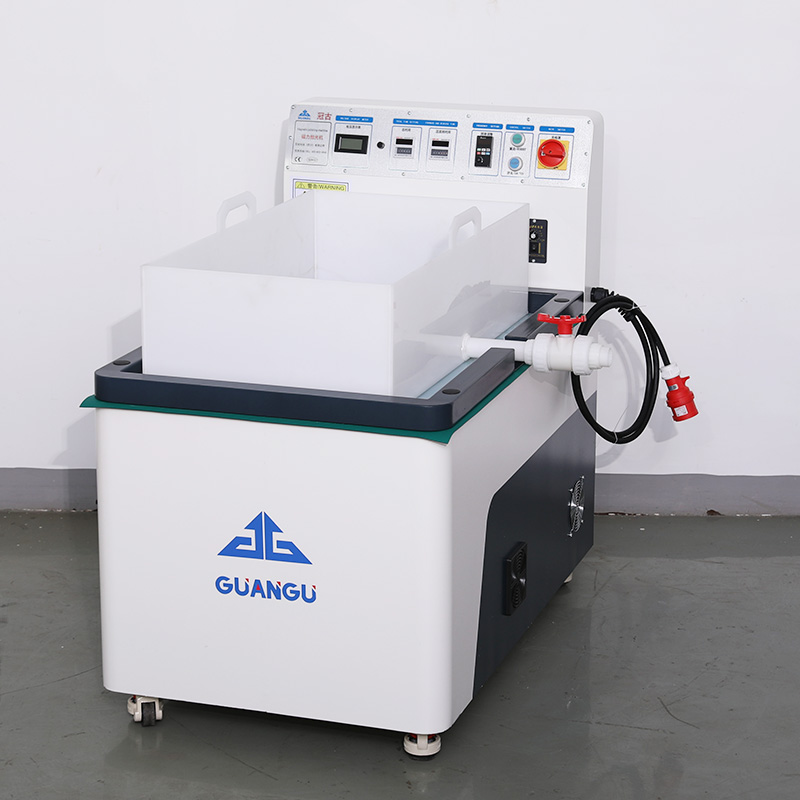Hydraulic fittings in the manufacturing and processing process, there are often some burrs, these burrs will affect the normal operation of the hydraulic system, and may even lead to hydraulic system failure. Therefore, it is very important to deburr hydraulic parts. In this paper, the necessity of deburring hydraulic fittings, deburring methods and precautions to be introduced in three aspects.

1. Improve the efficiency of the hydraulic system: hydraulic system fittings if there is a burr, will lead to increased resistance to the flow of hydraulic oil, reducing the efficiency of the system. Deburring can reduce the hydraulic oil flow resistance, improve system efficiency.
2. Prevent hydraulic system failure: hydraulic fittings on the burr may lead to hydraulic oil channel blockage, so that the hydraulic oil can not be normal flow, which in turn leads to hydraulic system failure. Deburring can prevent the hydraulic oil channel blockage, to ensure the normal operation of the hydraulic system.
3. Extend the service life of hydraulic fittings: hydraulic fittings on the burr will increase the degree of wear and tear, shorten the service life. Deburring can reduce the wear and tear of hydraulic fittings to extend their service life.
4. Ensure the safety of the hydraulic system: hydraulic system fittings if there are burrs, may lead to hydraulic oil leakage, affecting the safety of the system. Deburring can ensure the sealing of the hydraulic system to improve safety.
1. Manual deburring: the use of knives, sandpaper and other tools, hydraulic fittings burr grinding and trimming. Manual deburring is suitable for small burrs, complex shape of the product.
2. Mechanical deburring: the use of deburring machines, milling machines, grinders and other mechanical equipment to remove the burr of hydraulic parts. Mechanical deburring is suitable for larger burrs, the shape of the product is relatively simple.
3. Hydraulic deburring: the use of hydraulic principles, through high-pressure water or high-pressure gas on the hydraulic parts of the burr impact removal. Hydraulic deburring is suitable for products with high precision requirements.
4. Chemical deburring: the use of chemical solutions on the hydraulic parts of the burr corrosion removal. Chemical deburring is suitable for products with high material requirements.
1. Select the appropriate deburring method: according to the material, shape and size of the hydraulic fittings burr, select the appropriate deburring method to ensure that the deburring effect.
2. Ensure the quality of deburring: deburring process, to ensure that the burr is completely removed, to avoid the emergence of new burrs.
3. Attention to production safety: deburring process, we should follow the safety regulations, wear protective equipment to prevent accidents.
4. Environmental protection: deburring process waste, should be properly disposed of in accordance with relevant regulations to avoid environmental pollution.
In short, hydraulic parts deburring is important to ensure the normal operation of the hydraulic system, improve efficiency, extend service life and ensure safety. In the deburring process, to choose the appropriate deburring method, to ensure the quality of deburring, while paying attention to production safety and environmental protection.